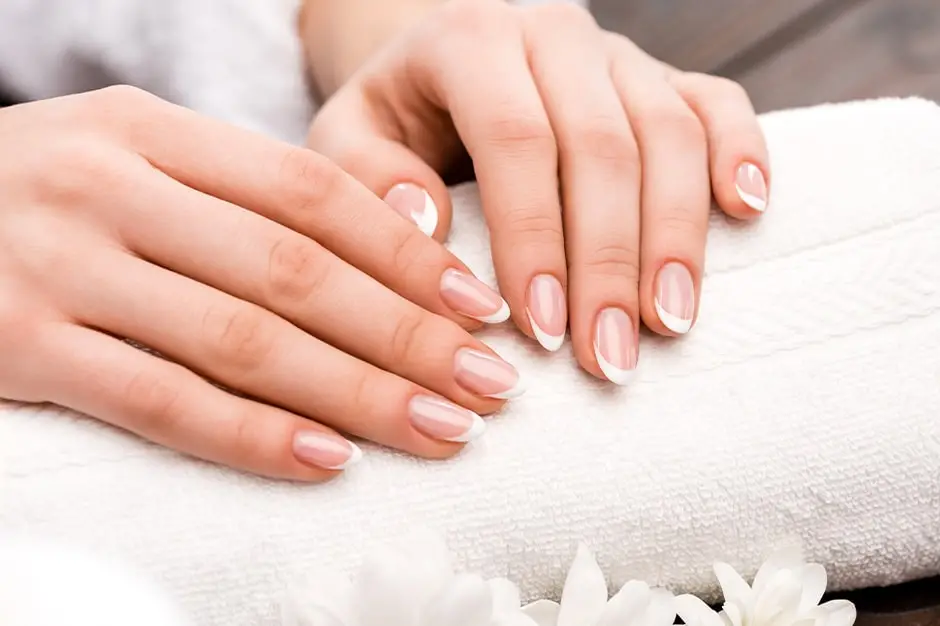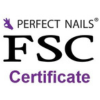
How can I determine which nail shape suits my clients? What should I recommend?
Clients often seek our assistance in determining which nail shape suits them best. In general, a useful rule is to extend short nails and narrow wide ones. But what exactly does this mean?
WIDE NAIL BED AND/OR THICK FINGERS:
For clients with wide nail beds, parallel sides, no matter how long, won't look very flattering. In such cases, recommend narrowing shapes: almond-shaped nails (classic almond, modern almond, Russian almond) or slightly tapered square, possibly ballerina or coffin shapes.
SHORT NAIL BED:
Short nail beds are quite versatile because, with a slightly longer free edge, a cover material, and a nicely curved smile line, most shapes will look good: almond, square, coffin, ballerina.
WIDENING NAIL BED:
This is one of the trickiest shapes as parallel sides typically don't look good. Always recommend shapes with narrowing sidewalls. However, overly narrowing shapes like almond may look odd after 2-3 weeks when significant regrowth occurs and may also weaken the nails structurally. Ideal shapes for this type are coffin, ballerina, or oval shapes with slightly narrowing sidewalls, which offer a pleasing appearance.
NARROW, LONG NAIL BED AND/OR SLIM FINGERS:
For these nails, the choice of shape matters too. In the case of narrow nails, heavily narrowing shapes, especially with long nails, might not always look good. It's best to choose one of them. For instance, if you choose a strongly narrowing shape like almond, go for a slightly shorter length, and if you prefer longer nails, opt for a gentle taper.
ANGLED NAILS:
Often, it's not the nails but the alignment of the fingers that affects the overall look. If the client's fingers are significantly crooked or leaning in a particular direction, try to correct the angle during nail shaping. It's also a good idea not to leave the free edge too long, as shorter nails tend to minimize the effect of the angle.
As you can see, it's always a good idea to steer the overall look towards the ideal, central direction, which often leads to a beautiful, harmonious result in most cases.
Author:
Évi Darabos






